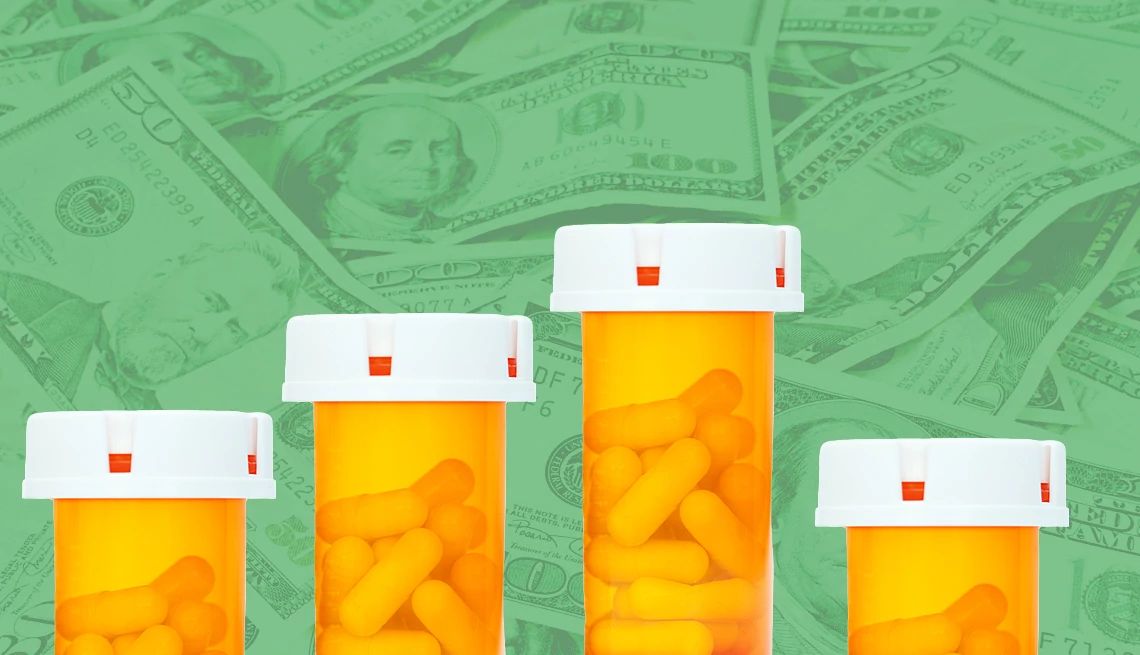AARP Hearing Center


In a perfect world, no one would ever get breast cancer. In the next best world, all breast cancer would be caught at the earliest, most treatable stage — a point at which most people have no symptoms and mammograms typically find cancers.
“You don’t want to get to the point where there are changes in the breast, if that’s possible,” says Karen Knudsen, chief executive officer of the Parker Center for Cancer Immunotherapy in San Francisco and former CEO of the American Cancer Society (ACS).
In reality, many women get diagnosed when they notice a lump or another change in their breast, and when this happens, it’s important to get checked out promptly.
When women skip screenings, or cancers are missed or develop between mammograms, a quick reaction to possible symptoms can make a big difference in treatment outcomes, says Dr. Ethan Cohen, an associate professor of breast imaging at the University of Texas MD Anderson Cancer Center.
“We do see quite a few people who say something like, ‘Yeah, I felt this lump six months ago, and it just kept growing and growing,’ ” Cohen says. “Please don’t do that.”
These are among the changes that should trigger a call to your health care provider:
1. A new lump in your breast
That is, by far, the most common sign of breast cancer, Knudsen and Cohen say. A painless, hard mass with irregular edges is most worrisome, but a soft, round or tender mass can sometimes be cancer as well, the ACS says.
According to a 2017 study in Cancer Epidemiology looking at 2,316 women with breast cancer, a lump was present in 83 percent of cases. In the other cases, 7 percent had a nipple abnormality, 6 percent experienced breast pain, 1 percent had a nonbreast symptom like back pain, and 0.3 percent had the symptom of losing weight.
Still, most lumps are not cancer. They can be benign cysts or normal breast tissue that feels lumpy. Monthly hormonal cycles and the approach of menopause can create lumpiness too.
2. Swelling or changes in breast size or shape
Even if you don’t feel a lump, if your breasts are normally the same size and one suddenly looks larger, you should get an exam.
3. Swollen lymph nodes under the arm or near the collarbone
This can precede breast changes due to cancer in some women. Swollen lymph nodes are part of the body’s response to infection or injury — or even the COVID-19 vaccine — so they often are a sign of another condition, but still worth a visit to your doctor.
4. Skin changes on the breast
The skin on your breast may become itchy, red, scaled, dimpled or puckered as a result of breast cancer. In some cases, your skin might resemble an orange peel, which may indicate something is wrong and you should seek professional care.
Pointing to the same 2017 study in Cancer Epidemiology, Dr. Ramy Sedhom, a medical oncologist at Penn Medicine who works with older adults regularly, says about 1 in 6 women with breast cancer have symptoms like breast pain, skin thickening or redness.
Another skin symptom: He often sees women in their 70s or 80s who have a rash on their breast and took antibiotics thinking it was an infection when it actually was breast cancer. “These signs are often subtle,” Sedhom says. “Oftentimes they can be dismissed.”



































































More From AARP
Surprising Signs of Infections in Older Adults
Don’t overlook these unusual symptoms as flu season approaches
How to Lower Stress, Cortisol Levels After 50
Lowering the stress hormone can protect your body and brain
How AI Is Making Mammograms More Accurate
Here’s how AI is helping doctors detect cancer sooner